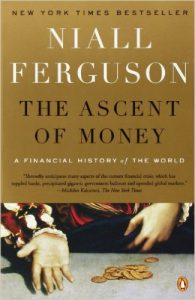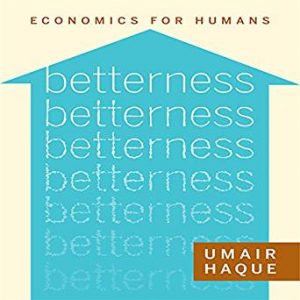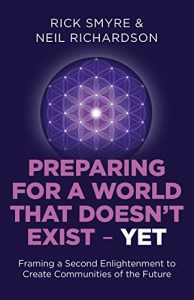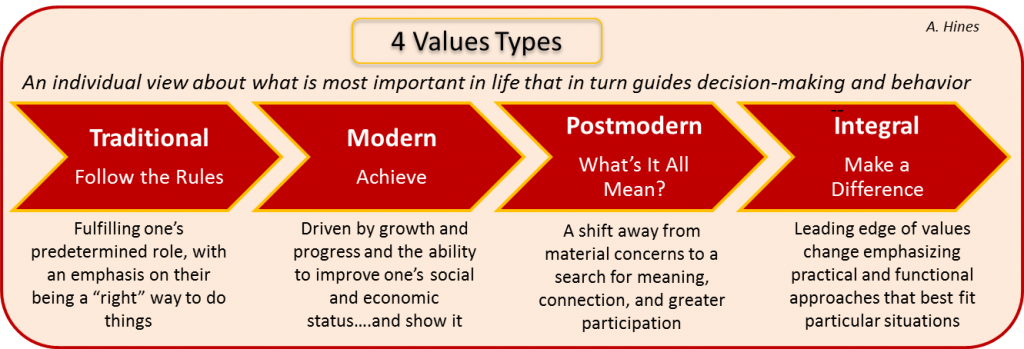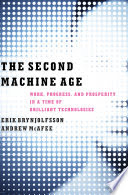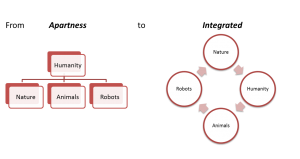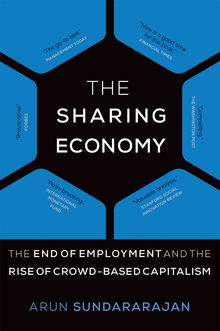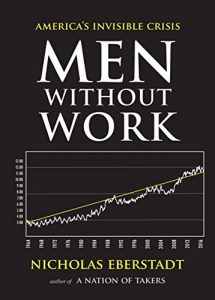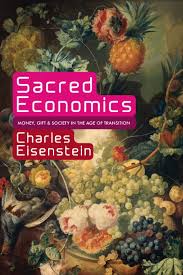A key question that has consistently informed the research and books that I’ve been going through in this “After Capitalism” journey can be summed as: reformation or transformation [of capitalism].
![]() Can we reform capitalism, or must it be transformed? Practically speaking, reforming is “easier.” And as futurists, we say that transformation is fairly rare, and it is very difficult. We do not take on transformation lightly. I have come to the view that the transformation of capitalism is necessary. I’m reminded of a lecture I had years ago from Edward de Bono, where he talked about our tendency to keep putting bandaids and fixes on a process to avoid having to re-do it. In our Scenario Archtype process, we call this “New Equilibrium,” in which there is a challenge to the existing system, and the system does whatever is necessary to “save itself;” it makes the necessary compromises to save the system, but structurally speaking it’s still the same system. The 2008 financial crisis and Great Recession almost “broke” the existing system. In classic New Equilibrium fashion, the system compromised and bailed out the “too big to fail” organizations, put on a couple of band-aids and was back in business. This is reformation.
Can we reform capitalism, or must it be transformed? Practically speaking, reforming is “easier.” And as futurists, we say that transformation is fairly rare, and it is very difficult. We do not take on transformation lightly. I have come to the view that the transformation of capitalism is necessary. I’m reminded of a lecture I had years ago from Edward de Bono, where he talked about our tendency to keep putting bandaids and fixes on a process to avoid having to re-do it. In our Scenario Archtype process, we call this “New Equilibrium,” in which there is a challenge to the existing system, and the system does whatever is necessary to “save itself;” it makes the necessary compromises to save the system, but structurally speaking it’s still the same system. The 2008 financial crisis and Great Recession almost “broke” the existing system. In classic New Equilibrium fashion, the system compromised and bailed out the “too big to fail” organizations, put on a couple of band-aids and was back in business. This is reformation.
Transformation says, no more band-aids, time for a new paradigm, new structure, new rules, and new metrics.
The above was inspired by my reading of the wonderful report on “Regenerative Capitalism.” It grapples with reformation and transformation, and clearly suggests reformation:
“regenerative economies [are] a new stage of capitalism…. reserve and build on the many strengths of our free enterprise system, while addressing its failings head on.”
Even though I have come to believe transformation is necessary, I may, of course, be wrong, and maybe there are a few iterations of capitalism left!
The author, John Fullerton, saw the light and resigned from Wall Street back in 2001 as he saw trouble ahead, and the realized that Wall Street had lost its way. His goal for a regenerative economy is to “create a self-organizing, naturally self-maintaining, highly adaptive Regenerative form of capitalism that produces lasting social and economic vitality for global civilization as a whole. “ He relates his ideas to others we’ve come across, such as natural capitalism, sustainable capitalism, conscious capitalism, doughnut economics, circular economies, sharing economies, steady-state economies, etc.
The report is worth a read and I enjoyed it. The eight principles he suggests are solid: (1)In Right Relationship (2)Views Wealth Holistically (3)Innovative, Adaptive, Responsive (4) Empowered Participation (5)Honors Community and Place (6)Edge Effect Abundance (7)Robust Circulatory Flow (8) Seeks Balance
If you’ve been following along on the journey, I ask you to think about “reformation or transformation,” and it would be great if you could add your thoughts in a reply on the blog.
Fullerton, John Regenerative (2015, April). Capitalism: How Universal Principles and Patterns Will Shape Our New Economy. Greenwich, CT: Capital Institute.
– Andy Hines
